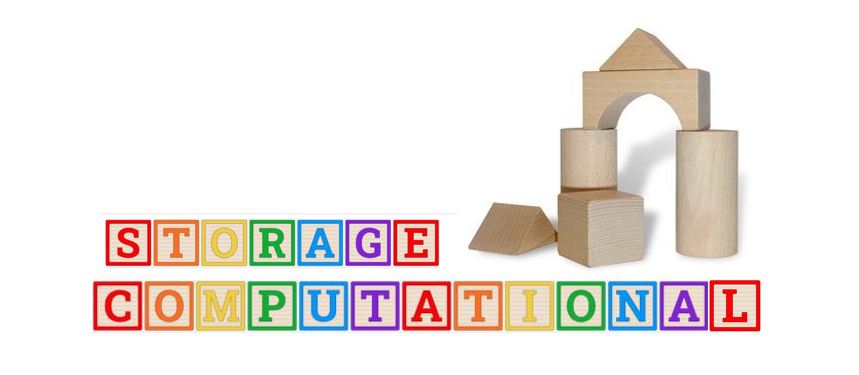The latest revisions of the SNIA Computational Storage Architecture and Programming Model Version 0.8 Revision 0 and the Computational Storage API v0.5 rev 0 are now live on the SNIA website. Interested to know what has been added to the specifications, SNIAOnStorage met “virtually” with Jason Molgaard, Co-Chair of the SNIA Computational Storage Technical Work Group, and Bill Martin, Co-Chair of the SNIA Technical Council and editor of the specifications, to get the details.
Both SNIA volunteer leaders stressed that they welcome ideas about the specifications and invite industry colleagues to join them in continuing to define computational storage standards. The two documents are working documents – continually being refined and enhanced. If you are not a SNIA member, you can submit public comments via the SNIA Feedback Portal. To learn if your company is a SNIA member, check the SNIA membership list. If you are a SNIA member, go here to join the Computational Storage Technical Work Group member work area. The Computational Storage Technical Work Group chairs also welcome your emails. Reach out to them at computationaltwg-chair@snia.org.
SNIAOnStorage (SOS): What is the overall objective of the Computational Storage Architecture and Programming Model?
Jason Molgaard (JM): The overall objective of the document is to define recommended behavior for hardware and software that supports computational storage. This is the second release of the Architecture and Programming Model, and it is very stable. While changes are dramatic, this is primarily because of feedback we received both from the public and to a larger extent from new Technical Work Group members who have provided insight and perspective.
SOS: Could you summarize what has changed in
the 0.8 version of the Model?
JM: Version 0.8 has four main takeaways:
- It renames the Computational Storage Processor. The component within a Computational Storage Device (CSx) is now called a Computational Storage Engine (CSE). The Computational Storage Processor (CSP) now only refers to a device that contains a Computational Storage Engine (CSE) and no storage.
- It defines a new architectural concept of a Computational Storage Engine Environment (CSEE). This is something that is attached to a specific CSE and defines the environment that a Computational Storage Function (CSF) operates in.
- It defines a new architectural element of a Resource Repository that contains CSEEs that are available for activation on a CSE and also CSFs that are available for activation on a CSEE.
- Discovery and configuration flow are now documented in Version 0.8
- The document defines an Application Programming Interface (API) to CSxs
- The API allows a user application on a host to have a consistent interface to any vendor’s CSx.
- A Vendor defines a library for their device that implements the API. Mapping to wire protocol for the device is done by this library. Functions that are not available on a specific CSx may be implemented in software.















Leave a Reply